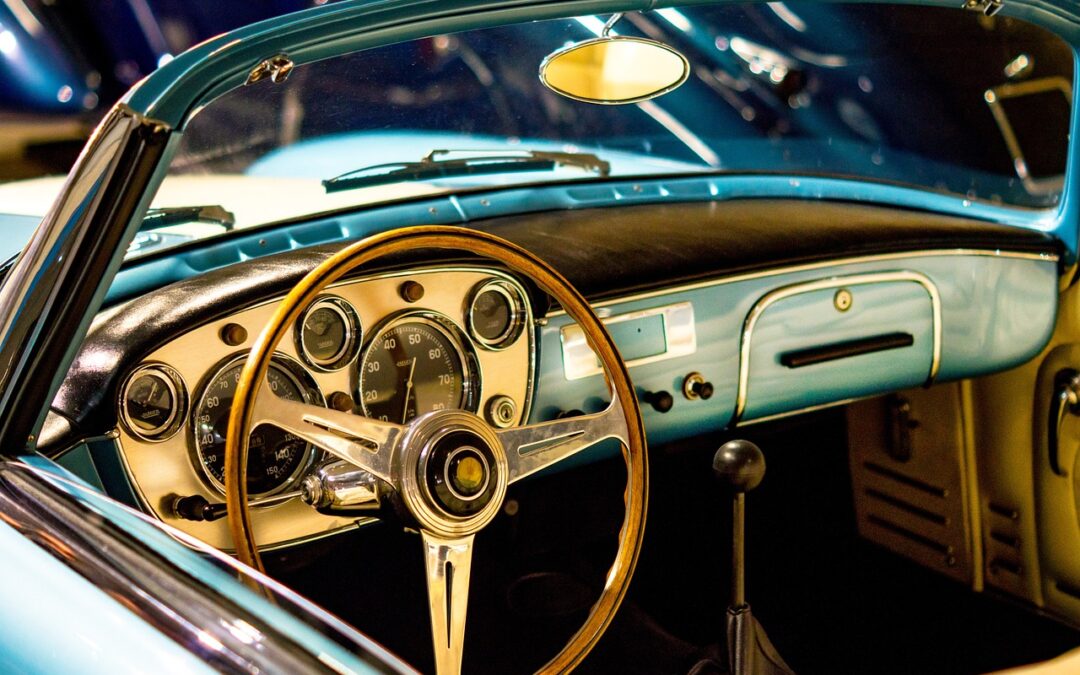Owning a classic 1955-1957 Ford Thunderbird is a dream for many enthusiasts, but maintaining the suspension system of these vintage beauties is crucial for ensuring a smooth and safe ride. This comprehensive guide will walk you through the steps of replacing suspension components on your classic Thunderbird, along with providing useful resources and websites where you can find the necessary parts and professional advice.
Understanding Your Thunderbird’s Suspension
The suspension system in your classic Thunderbird is fundamental to its operation, affecting everything from ride comfort to handling. Over time, suspension components such as shocks, springs, bushings, and ball joints can wear out and need replacement. Before starting any replacement, it’s essential to understand the specific setup of your Thunderbird’s suspension, which primarily consists of a coil spring and wishbone setup at the front and a leaf spring arrangement at the rear.
Tools and Materials Needed
- Jack and jack stands
- Socket set
- Wrench set
- Screwdrivers
- Hammer
- Pry bar
- New suspension components (springs, shocks, bushings, etc.)
- Lubricants and rust remover
You can find high-quality tools and materials from suppliers like Sears or Snap-on, who specialize in providing automotive repair tools that can handle the rigors of working on classic cars.
Websites for Tools:
- Sears Tools: www.sears.com
- Snap-on Tools: www.snapon.com
Step-by-Step Guide to Replacing Suspension Components
1. Preparing Your Vehicle
- Park your vehicle on a flat, stable surface and apply the parking brake.
- Use the jack to lift the car and then secure it with jack stands to ensure safety throughout the process.
2. Removing Old Components
- Front Suspension:
- Remove the front wheels.
- Disconnect the shock absorber from the lower control arm.
- Unbolt the lower control arm from the frame to remove the coil springs. Be cautious as the springs may be under tension.
- Rear Suspension:
- Remove the rear wheels.
- Support the axle with a jack.
- Disconnect the leaf springs from the axle and frame.
3. Inspecting and Cleaning
- Once the old components are removed, inspect the surrounding areas for any signs of wear or damage.
- Clean any rust or debris from the mounting areas with a wire brush and apply rust remover.
4. Installing New Components
- Front Suspension:
- Install new coil springs and attach new or refurbished control arms.
- Replace the shock absorbers.
- Rear Suspension:
- Attach new leaf springs to the axle and frame.
- Ensure all bolts are tightened to the manufacturer’s specifications.
5. Reassembly and Testing
- Reattach the wheels and lower the car from the jack stands.
- Take your Thunderbird for a test drive to ensure everything is working smoothly and the ride quality has improved.
Where to Buy Suspension Parts
For genuine parts, it’s best to source from reputable classic car part suppliers. Here are a few:
- Summit Racing: Offers a variety of suspension parts specifically for classic Thunderbirds. Visit their website at www.summitracing.com to find shocks, springs, and other suspension components.
- Kanter Auto Products: Specializes in parts for American classic cars and has a specific section for Ford Thunderbirds. Check their offerings at www.kanter.com.
Tips for Success
- Consult the Service Manual: Always refer to the Ford Thunderbird service manual for specific instructions and torque specifications.
- Take Photos: Before disassembling anything, take photos to help with reassembly.
- Label Everything: As you remove parts, label them to ensure they go back in the correct place.
- Seek Professional Help if Unsure: If any step seems beyond your skill level, don’t hesitate to seek help from a professional mechanic who specializes in classic cars.
Conclusion
Replacing the suspension components on your classic Thunderbird can significantly improve your vehicle’s handling and comfort. By following this guide, you ensure that you handle the process with care and precision, maintaining the integrity and value of your classic car. Always prioritize safety and consult professionals when in doubt, and your Thunderbird will continue to glide smoothly on the roads, just as it did in the 1950s.

